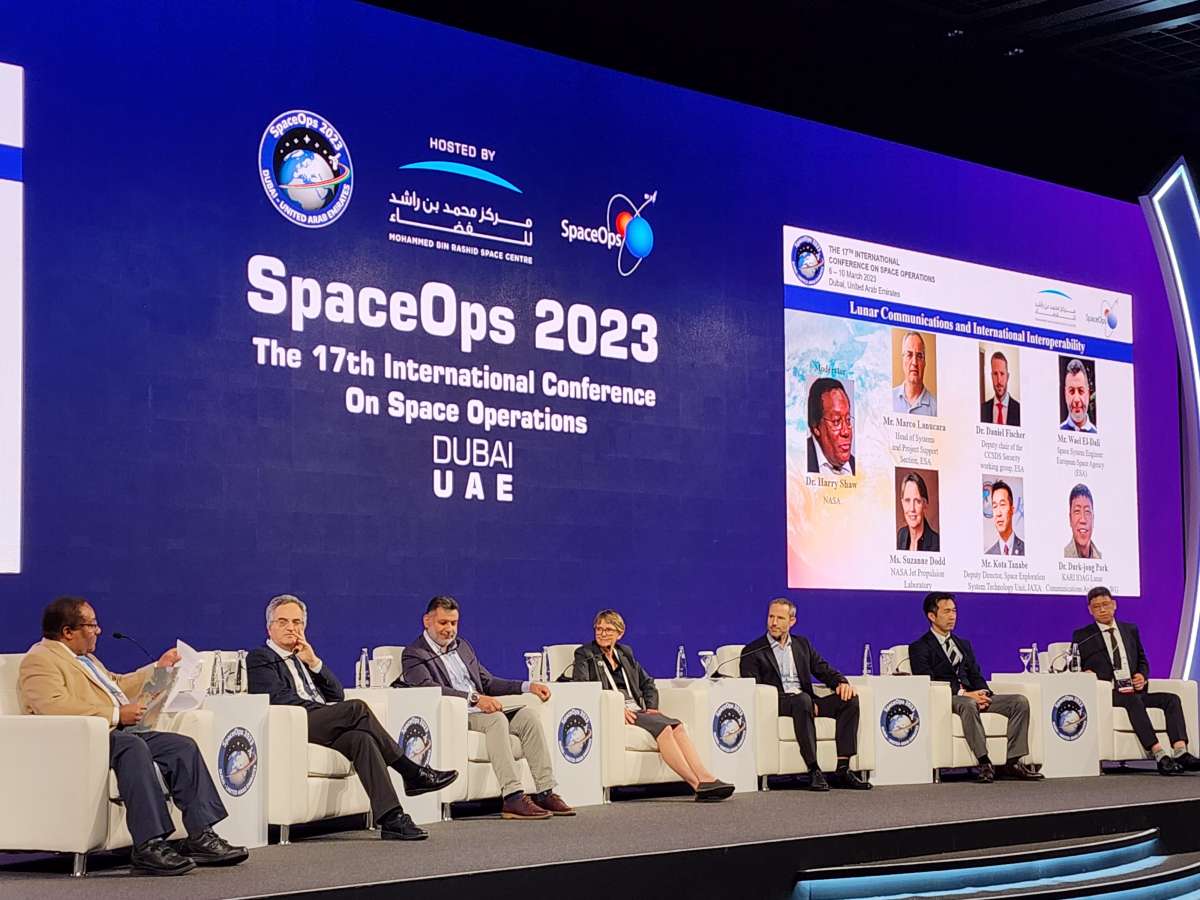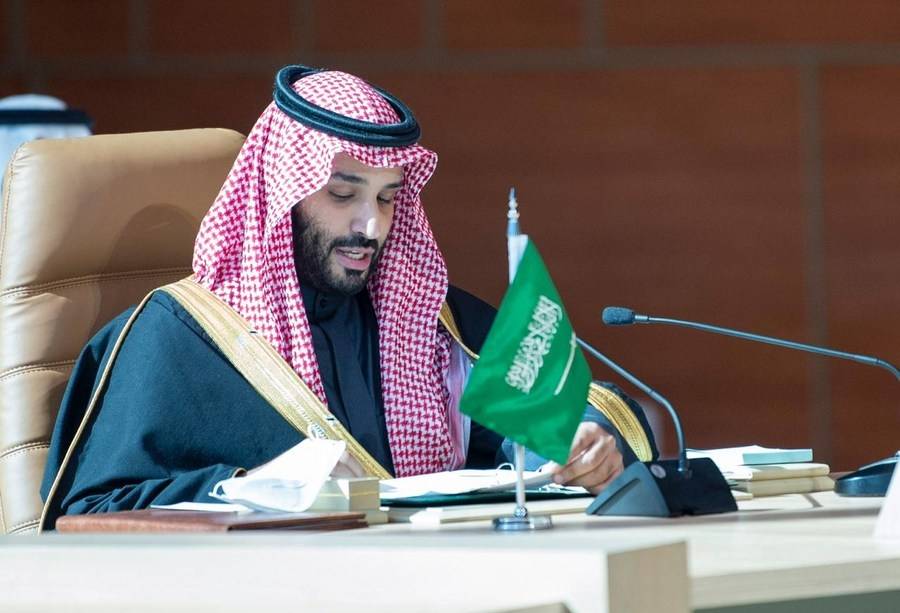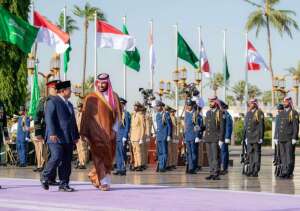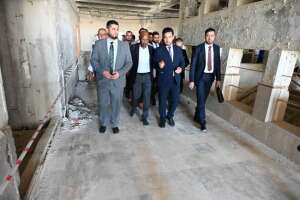The conference will conclude on Friday with a closing ceremony, in addition to a final day of plenary sessions, special sessions, oral presentations, and exhibitions…reports Asian Lite News
The fourth day of SpaceOps2023, the 17th International Conference on Space Operations, held in the Arab world for the first time by the Mohammed Bin Rashid Space Centre (MBRSC), offered attendees a diverse range of informative and inspiring presentations and sessions.
Experts from NASA, ESA, JAXA and KARI discussed the development of lunar communication concepts, architectures, and systems, as well as international interoperability. “Lunar communication has a diverse set of users, from CubeSats to complicated missions like pressurized rovers,” said Wael El-Dali, Space System Engineer at ESA. “We would like to invite our partners to invest in lunar communication infrastructure and provide support in implementing, running, and maintaining it.”
The plenary session also touched upon communication with Mars, during which Suzanne Dodd from the NASA Jet Propulsion Laboratory discussed the challenges of communicating with the red planet. “It is doable, but not easy. It will take a lot of partners, standards, and international collaborations,” she said.
Throughout the day, oral presentations were held on topics including mission design, ground system engineering, human spaceflight and operations, communication and architecture network, guidance, navigation, and control. There were also discussions on improving the safety and reliability of space operations.
The conference will conclude on Friday with a closing ceremony, in addition to a final day of plenary sessions, special sessions, oral presentations, and exhibitions.
The UAE in general and the MBRSC in particular have made significant investments in the space sector in recent years to develop a sustainable space economy and enhance the country’s scientific and technological capabilities. Dubai’s hosting of the premier event for the first time in the Arab world closely follows the launch of Emirati astronaut Sultan Al Neyadi’s six-month milestone mission at the International Space Station (ISS). Al Neyadi, who went through the UAE Astronaut Programme at the MBRSC, arrived at the ISS on 3 March, becoming the second Emirati and the second Arab to board the orbiting science laboratory. His mission, the longest by an Arab astronaut, is expected to bolster the UAE’s position as a leading space-faring nation in the Middle East.
The UAE has successfully launched several other space missions in recent years. In September 2019, the country’s first astronaut, Hazzaa Al Mansoori, completed an eight-day mission to the ISS, generating worldwide attention. In February 2021, the UAE’s Hope Probe successfully entered Mars’ orbit, marking the first interplanetary mission by an Arab country. The mission’s design, development, and operations are led by the MBRSC. The probe will examine Mars’ atmosphere and weather patterns for two years. Moreover, the MBRSC has launched multiple satellites, including DubaiSat-1 and DubaiSat-2, used for remote sensing applications, and KhalifaSat, the first 100% Emirati-built Satellite.
ALSO READ-Saudi GDP grows 8.7% in 2022








